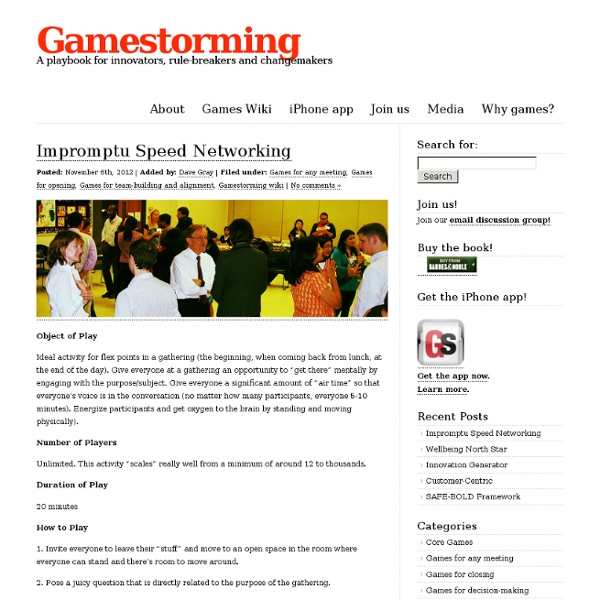



What Are Your Values? - Decision-Making Skills Training from MindTools Deciding What's Most Important in Life Find out how to identify your values, in this short video. How would you define your values? Before you answer this question, you need to know what, in general, values are. Your values are the things that you believe are important in the way you live and work. They (should) determine your priorities, and, deep down, they're probably the measures you use to tell if your life is turning out the way you want it to.
Welcome to the Virtual Crash Course in Design Thinking Welcome to the d.school’s Virtual Crash Course resource page! We know not everyone can make a trip to the d.school to experience how we teach design thinking. So, we created this online version of one of our most frequently sought after learning tools. Getting Started with Android Studio Before installing the Android SDK, you must agree to the following terms and conditions. Terms and Conditions This is the Android Software Development Kit License Agreement 1. Introduction 1.1 The Android Software Development Kit (referred to in this License Agreement as the "SDK" and specifically including the Android system files, packaged APIs, and Google APIs add-ons) is licensed to you subject to the terms of this License Agreement.
Junk Charts This post is part 2 of an appreciation of the chart project by Google Newslab, advised by Alberto Cairo, on the gender and racial diversity of the newsroom. Part 1 can be read here. In the previous discussion, I left out the following scatter bubble plot. Support - Mind Map Gallery Welcome to the iMindMap Gallery As part of our iMindMap Hall of Fame, you can view some of the very best iMindMaps in action. The Gallery features Mind Maps created by iMindMap users for a wide range of purposes including education, business and more. Brains, Behavior & Design These reference cards are helpful when becoming familiar with basic behavioral economics concepts. This tool is by no means a complete or comprehensive collection of all behavioral economics concepts; they are a selection meant to provide enough depth and coverage to help establish a foundation. Terms on the reference cards are categorized into four decision-making factors and four decision-making shortcuts.
Five glorious presentations on visual thinking Do you think in words or pictures, or both? Visual thinking engages the part of the brain that handles visual processing, and is said to be both "emotional and creative" so you can "organise information in an intuitive and simultaneous way". A picture really might be worth a thousand words, while being easier to understand and recall. Therefore it is worth exploring how visual thinking can help you communicate ideas to colleagues and clients. Earth Engine Earth Engine Access Develop, access and run algorithms on the full Earth Engine data archive, all using Google's parallel processing platform. Access to Earth Engine is currently available as a limited release to a small group of partners. If you are interested in developing on the Earth Engine platform, let us know. Google Earth Engine brings together the world's satellite imagery — trillions of scientific measurements dating back almost 40 years — and makes it available online with tools for scientists, independent researchers, and nations to mine this massive warehouse of data to detect changes, map trends and quantify differences on the Earth's surface.
The Presentationist — Tony's PowerPoint Weblog A business vision, as most everyone knows, rarely becomes reality. That’s fine. Western culture enjoys making guesses about the future and we know not to hold visionaries accountable for shortcomings. We aim, we shoot, we don’t always score. Collaboration Training We're All in this TogetherA Collaborative Skills Training Innovation is a team sport that requires extraordinary collaboration. No collaboration, no innovation. It's that simple. You can have all the great game-changing ideas in the world, but unless you have a highly collaborative team able to communicate, develop, pilot, pitch, and execute on those ideas, you have nothing.
Business Origami – The Centre for Citizen Experience Jess McMullin Business origami is paper prototyping for systems design. It uses simple paper cutouts to represent the different parts of a system: the people, the locations, the channels used and the specific touchpoints where interactions occur and value is exchanged as a particular scenario unfolds. These cutouts are arranged on a horizontal whiteboard, which allows participants to show relationships in the system. I got introduced to business origami over dinner at Weatherhead business school with a visiting Japanese researcher.